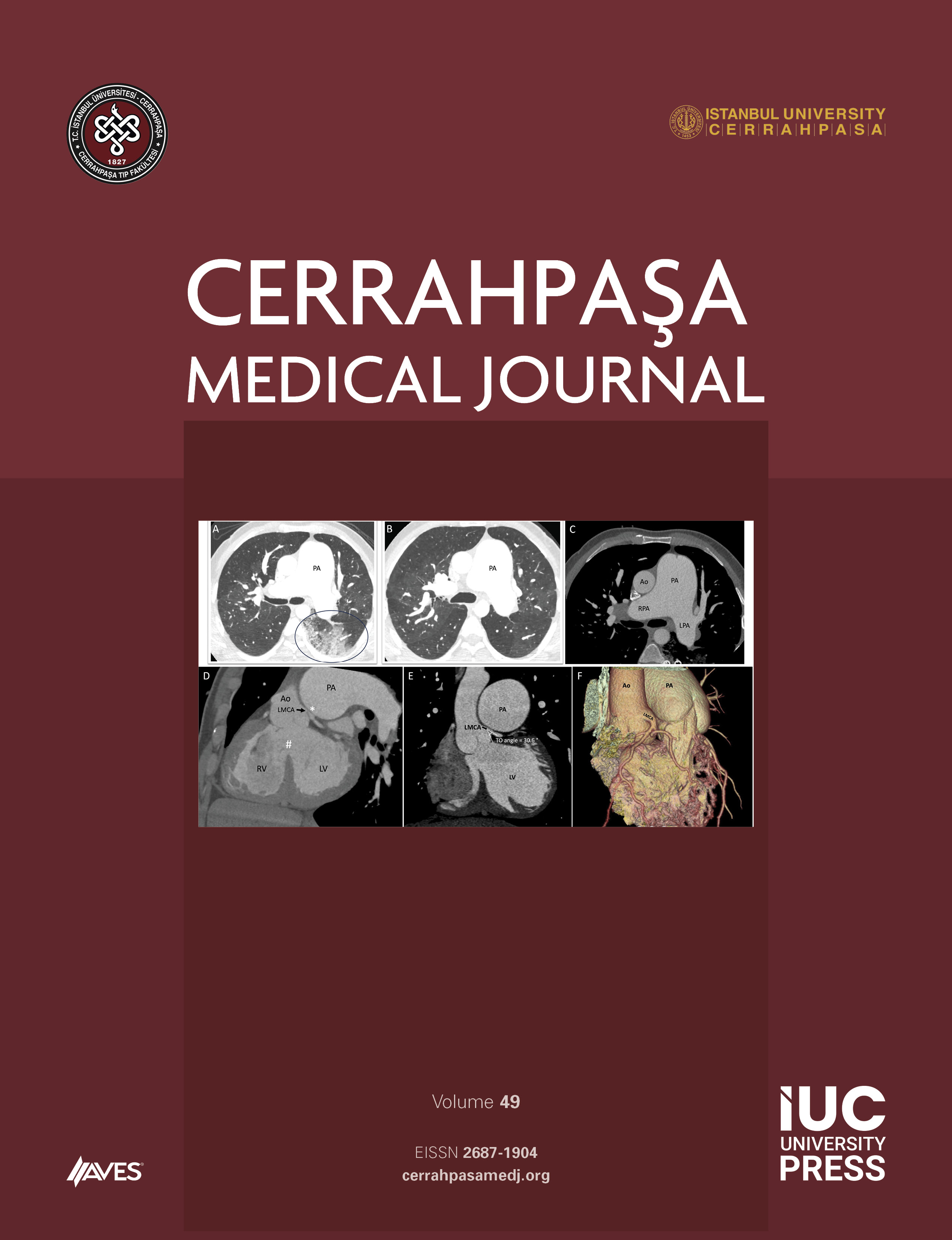Objective: Isthmocele is frequently encountered due to the increasing rates of cesarean deliveries nowadays. This study aims to evaluate the effectiveness of uni-layer and dual-layer uterine closure techniques in preventing isthmocele formation 6 months post-cesarean delivery.
Methods: This retrospective study involved 57 women aged 18-35 who had planned cesarean sections after 38 gestational weeks with singleton pregnancies at our hospital between 2019 and 2020. Patients were categorized into 2 groups based on the uterine closure method used during the cesarean sections: uni-layer technique vs. dual-layer technique. The main outcome was the incidence of isthmocele formation at the post-operative 6th month. Secondary outcomes included the remaining myometrial thickness and posterior uterine wall thickness at the 6-month follow-up.
Results: At the 6-month post-cesarean section follow-up, ultrasound revealed isthmocele formation in 17 patients (60.7%) in the uni-layer group and 6 patients (20.6%) in the dual-layer group. The remaining myometrial thickness (RMT) was 5.7 ± 1.4 mm in the uni-layer group and 6.5 ± 1.4 mm in the dual-layer group (P = .04). Remaining myometrial thickness and posterior uterine wall thickness were positively correlated.
Conclusion: The isthmocele development was significantly affected by the uterine closure method. The dual-layer closure method can be used to reduce the risk of isthmocele development.
Cite this article as: Mehdiyev S, Hamzaoğlu Canbolat K, Özçivit Erkan İB, Öncül M, Karakuş B, Çepni I. The effect of uterine closure methods during cesarean section on isthmocele development. Cerrahpaşa Med J. 2024;48(3):267-271.



